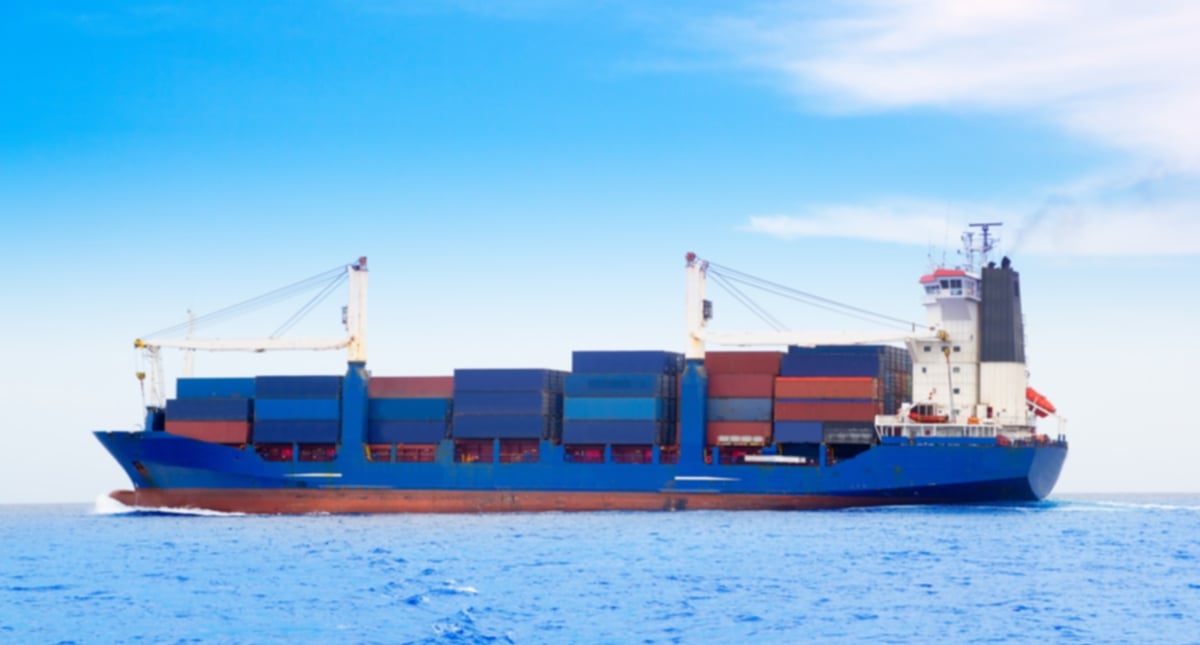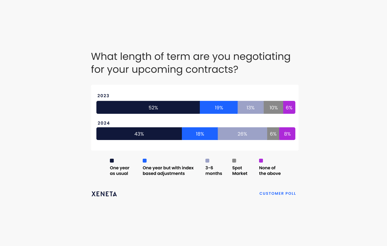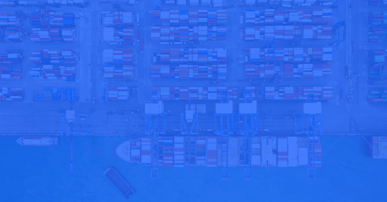On January 30, the World Health Organization declared the coronavirus “a public health emergency of international concern”, but did not recommend any trade or tourism restrictions. Tourism restrictions are understandable, but trade? Wuhan is inland, an 830 km drive from Shanghai; is it not too far inland to affect export shipments and box rates?
The world is responding by quarantining China: Twelve international airlines have either halted or severely restricted flights in-out of China, while the governments of China’s major trading partners have sent planes to evacuate their citizens.
All very serious, to be sure, but why should box rates be affected? The problem is that the virus is mild, it’s contagious, and it takes some two weeks for symptoms to appear - and China is far more interconnected into every facet of today’s global economy than people realize. How connected? Here’s Wuhan, source of the virus:
- Wuhan, the capital of Hubei Province, is the hub for transportation- logistics-economics in central China
- Wuhan’s Yangtze River Yangluo Port moves some 1.5 million TEU’s annually
- Hubei Province is China’s Detroit; home to Dongfeng Motors, Chang’an Motorbikes, Ford, Groupe PSA, Nissan, Renault, Honda, GM-SAIC.
- Major companies such as Microsoft, IKEA, Beiersdorf, and SAP operate in Wuhan, along with manufacturers of medical devices and disposables.
Wuhan is the epicenter of the Yangtze River Economic Belt and the Beijing-Guangzhou Railway Economic Belt. The YREB is a 2.05 million square kilometer industrial base running from Sichuan, Guizhou, Yunnan and Chongqing upriver, Hubei, Hunan and Jiangxi in the center, and Anhui, Jiangsu, Zhejiang, and Shanghai to the sea, while the BGREB runs north-south.
Typically cargo is transported by road, rail and river into Wuhan, consolidated, and then shipped to Shanghai, the world’s largest container port – except that friends at Splash reported Friday that Chinese ports are slowing to a halt. They wrote how “a lack of stevedores and truck drivers is slowing down vessel turn-around times” while containers are stacking-up in the storage yards.
The catalyst for trade paralysis is that some five million Wuhan citizens left the city prior to the quarantine to be with their families for Chinese New Year. Every one of these five million potential coronavirus carriers potentially affect millions of family-friends-strangers in Hubei and the surrounding provinces. The effect of a sneezing passenger in a CNY-jammed passenger train can affect factory workers, truckers, railway workers, and others geometrically – which likely happened as some 1,900 new cases are reported daily. It’s already spread to Shanghai and Beijing, who on Saturday reported some 200 cases each.
So…no workers, containers stacking up, no back-up cargo being manufactured and/or in-transit, the population of the Yangtze River Belt provinces some 582 million people, all at the mercy of a flu-like virus with a 2-week incubation time. And the medical-disposable plants in Wuhan? The workers are not turning up; China’s now short of needed supplies.
If the contagion continues, gaps will appear in the supply chain of automotive parts, electronics, leather goods, processed foods-beverages, and other exports from the Yangtze River and Beijing-Guangzhou Economic belts. How do the carriers respond? Continued blank voyages? Cancel a loop?
While the cargoes currently stranded in China will be picked up when the workers return, their return date is clearly in doubt, and there are may not be cargoes in the supply chain pipelines behind them. While rates historically drop after CNY, this drop will likely be more precipitous as carriers looking at half-filled vessels will use rates to attract whatever volume is available at the ports. This is not an auspicious start to 2020 for anyone. Let's see how it plays out.
%201.png)






